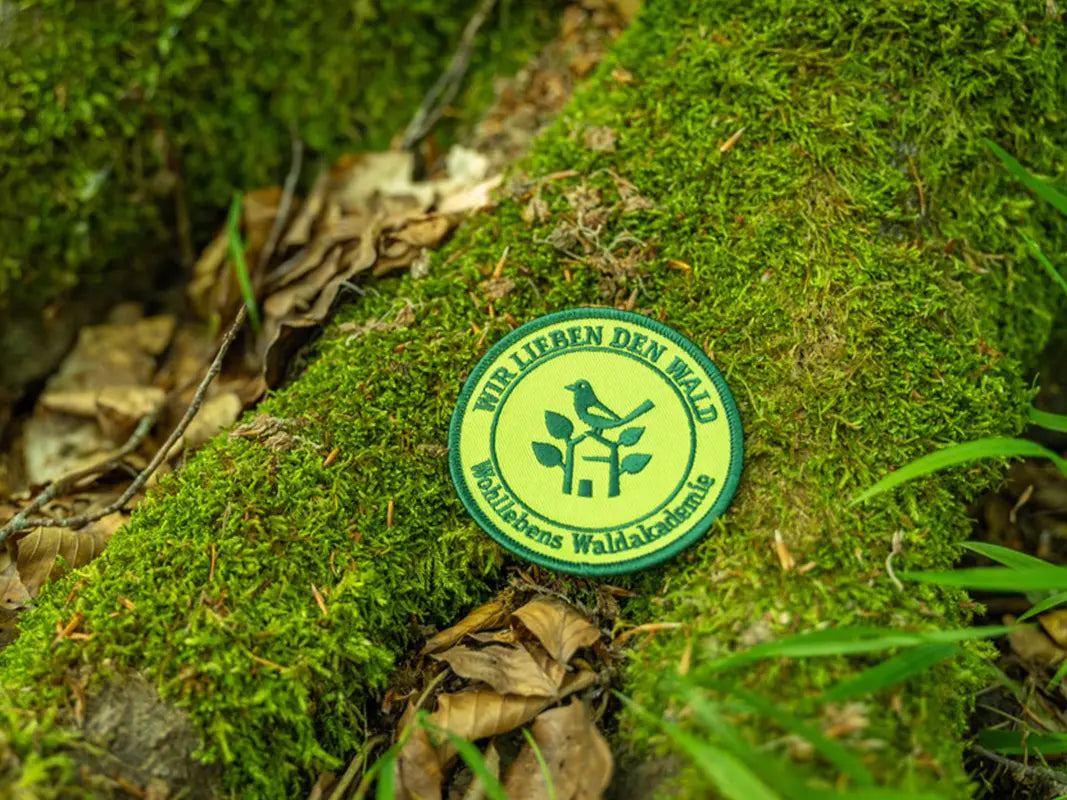Is the Kiri tree, also known as the bluebell tree or Paulownia tomentosa (the most commonly planted species in Germany), really the answer to our climate problems?
The benefits of the Kiri tree
It is often celebrated as a tree of the future: Its ability to grow extremely quickly – up to 4 meters per year, although more typically 1.5 to 2 meters – is impressive. Its wood is resilient and elastic, making it attractive for various applications, such as furniture and musical instruments. Originally native to China, the Kiri tree is known for its large blue flowers and their supposed attraction to insects. Furthermore, it binds a considerable amount of CO2 and thus appears to be a promising solution in the fight against climate change. But doesn't that sound too good to be true? Let's take a closer look.
Patrick’s YouTube video about the Kiri tree:
Does the Kiri tree save the climate?
Amid all this euphoria, we should note that focusing on a single tree and its benefits ignores the fact that when we plant Kiri trees, we're talking about plantations. And focusing solely on a tree's carbon footprint can be misleading.
Kiri plantations vs. natural forests
To realistically assess its potential as a climate savior, it makes sense to compare the creation of Kiri tree plantations with the possible alternative: the creation of a natural forest. At the same time, it is important to consider not only carbon emissions (the so-called carbon vision tunnel), but also other climate adaptation measures: the emission of other greenhouse gases, the cooling function, water management (e.g., groundwater recharge), oxygen capture, soil protection, habitat for diverse species, and much more – in all of these categories, plantations consistently (!) perform worse than natural forests (Note: There are currently no studies specifically examining Kiri tree plantations, but the results will be no different here).
The carbon footprint of the Kiri tree
But back to carbon. Comparisons with other tree species such as the oak, according to which the Kiri tree is said to store about 40 times more carbon in 20 years, are unfair, since Paulownia tomentosa follows a different growth strategy. As a pioneer tree , it quickly stores a lot of carbon in its early years, but compared to long-lived tree species like oak, its lifespan is limited. A comparison with native pioneer tree species like aspen or birch is therefore more appropriate, and the difference is then not quite as great, although still noticeable.
If the bluebell tree is burned immediately after harvest, as is the case in the southern United States, the carbon stored over a few decades immediately ends up back in the air, and nothing is gained. Fortunately, the wood is usually used for longer-term purposes in this country, such as furniture or instruments. Nevertheless, carbon is always better off in the forest.
Our YouTube video on firewood:
To achieve this high-quality use, the Kiri tree requires intensive care, for example, through annual pruning. As a pioneer tree, it is also less able to compete with accompanying vegetation such as grasses, which must be controlled with pesticides or plastic wrap. In addition to the use of poisons and microplastics, all of this work also results in increased consumption of fossil fuels.
Even though reliable studies on the CO2 balance of the Kiri harvest are currently lacking, it should be clear that in the long term it can never look better than that of a naturally occurring forest in which humans do not have to intervene.
Miracle Tree Kiri Tree – What characterizes so-called future trees?
It's hard to believe these days: the spruce was once celebrated as a miracle tree in this country. It is the (barely) living proof of a fate that unites many of these tree species, including the Douglas fir and the eucalyptus. When species are introduced into a foreign ecosystem for the first time, the pests from their old homeland are also absent. This means that tree species initially grow largely undisturbed, which can work out well for 2-3 generations (a few decades or even a few centuries). But at some point the pests follow them to the new location, where the trees are no longer embedded in a functioning, stable ecosystem that provides a good protective shield, but have to face the pests almost entirely alone on plantations. After all, biodiversity is not good on plantations.
Learn more about "future tree species" here:
Is the Kiri tree insect-friendly?
At least as dramatic as climate change is the extinction of species we are currently experiencing – the greatest mass extinction since the dinosaurs. The loss of biodiversity that is taking place in plantations compared to natural forests is therefore all the more dramatic. But wait, isn't the bluebell tree with its large flowers known for being an insect magnet? Yes and no! Some insect species do enjoy the pollen and nectar on offer during the short flowering period – but plenty of other species are also blooming at this time. What is more important, however, is that the young, such as butterfly caterpillars, also find something to eat. However, these plants have no use for exotic plants like the bluebell tree and usually starve to death.
Let's take the native aspen tree as a comparison: around 130 caterpillar species feed on it, 26 of which depend on the aspen tree.
Is the Kiri tree invasive?
As advocates for biodiversity on this planet, we are by no means opposed to the Kiri tree, as the dangers listed here relate to its planting in Germany. Likewise, we wouldn't want to establish a quaking aspen in China or North America. The threat posed by invasive species, i.e., species that are introduced into a new ecosystem and damage it, should not be underestimated. The Intergovernmental Science-Policy Platform on Biodiversity and Ecosystem Services (IPBES) has determined that around 60% of all species that have become extinct worldwide have become extinct because invasive species displaced them or at least contributed to their extinction.
The Kiri tree is currently on a pre-warning list in Germany as an invasive species, meaning its potential threat is not yet fully understood. There are already wild populations along the Rhine.
A Kiri tree in your own garden?
The Kiri tree is a wonderful tree species—if we leave it in its native habitat, where it can provide a valuable habitat for the specialized creatures living there. In Germany, however, it offers no added value to nature, won't save the climate, and could even potentially be dangerous. Even in private gardens, we recommend switching to alternatives. How about a cherry ( Prunus avium ) or a whitebeam ( Sorbus aria ), for example?






Leave a comment
All comments are moderated before being published.
This site is protected by hCaptcha and the hCaptcha Privacy Policy and Terms of Service apply.